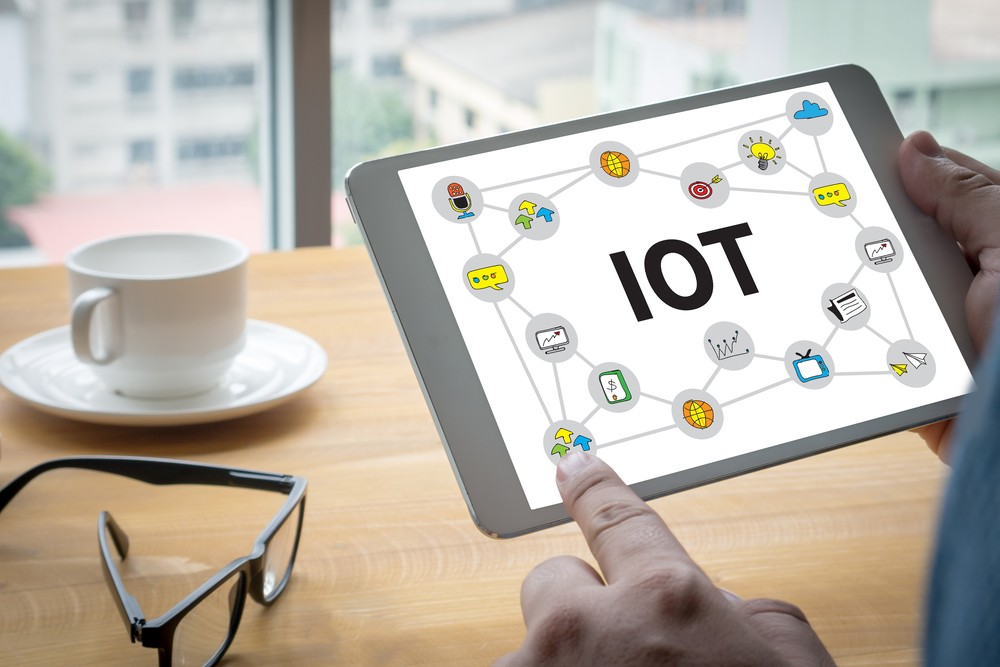The concept of sustainability, in all its facets, is becoming increasingly important for companies across all industries. There are several reasons for this. Abrupt changes in environmental conditions are being experienced at first-had by the day. Society is also concerned about the loss of biodiversity and damaging measures that are often used in the extraction of scare resources. As a result, consumer expectations and the likelihood of regulatory intervention are putting pressure on companies to operate sustainably.
End customers are also beginning to express clear preferences for sustainable products and services. This desire is not only relevant in the B2C sector, but runs through the entire market, and is also noticeable in the B2B environment. For example, companies select their partners and suppliers on the basis of their commitment to sustainability any to avoid any negative impact on themselves. This process is turning into a priority with businesses devoting greater efforts to reassess the sustainability and resilience of their supply chains.
A Critical Role for IoT Data
The typical use case for IoT systems involves the application of data from one or more connected devices and sensors to inform business or operational decision making. These decisions are all about improving efficiency and optimizing how resources are consumed. In extended supply chains, IoT data is also useful in reducing wastage and ensuring distribution-chain resiliency.
The fulfilment of goals such as these depends on four IoT technologies. The first involves connectivity to devices and sensors in remote locations. This brings them into closer operational reach. The second is the availability and access to IoT data to power analytics and decision-making algorithms.
As multiple IoT systems are deployed in shared spaces, such as buildings, cities, and factories, a third contribution of IoT is innovation through cross-silo applications. This can take the form of greater collaboration across business departments as well as collaboration between several suppliers in a distribution chain. Finally, new monitoring requirements call for a significant expansion in the number of IoT sensors. These need to be energy friendly, based on constrained IoT devices with limited processing capabilities and battery power consumption relying on energy-saving modes of operation.
How to Deliver IoT Sustainably
“Greening by ICT” is a term used to explain the role of information and communications technologies (ICTs) in enabling environmentally beneficial services. For example, smart factory technologies require some investment in materials for sensors which then consume energy during production and operations. However, these sensors help facilities owners to manage their overall energy footprint, delivering benefits that can be several orders of magnitude greater than the initial sensor investment.
This chain of logic highlights the multiplier benefits of technologies such as IoT. It also reminds designers of the need to deploy such technologies using approaches that are inherently sustainable. This involves four design principles, namely interoperability, scalability, modularity, and re-use.
Interoperability makes it possible for designers to interchange components from different suppliers and to exchange data across application and operational silos. These benefits tie into the principle of scalability and the potential to benefit from economies of scale from a large and dynamic supplier base.
Modularity in system and software design helps designers to combine sub-systems. As a design principle, this helps developers to build IoT systems that combine new capabilities with legacy systems. This preserves some value of deployed systems without foreshortening their useful service lives. This also contributes to the principle of ‘re-use’. Here, the aim is to make solutions and sub-systems available to developers which can save time and improve their productivity.
A Standards Based Approach to Sustainability
oneM2M, the international standardization initiative that covers requirements, architecture, API specifications, security solutions and interoperability for Machine-to-Machine and IoT technologies recently launched an initiative to address the different facets of sustainability. This operates as an industry facing effort with participants from technology and sustainability disciplines. oneM2M aims to promote the beneficial impact of IoT systems, the importance of open-standard solutions and the significant role that the oneM2M standard has in improving the sustainability of IoT deployments.
The horizontal architecture and framework for oneM2M technical specifications has been developed in an open and collaborative environment. Interoperability, scalability, modularity, and re-use are fundamental principles of the oneM2M standard. In addition to promoting these principles, oneM2M’s sustainability initiative emphasizes replicability and aims to make it easy for users to borrow from oneM2M use cases and deployments that deliver on the sustainability agenda.




